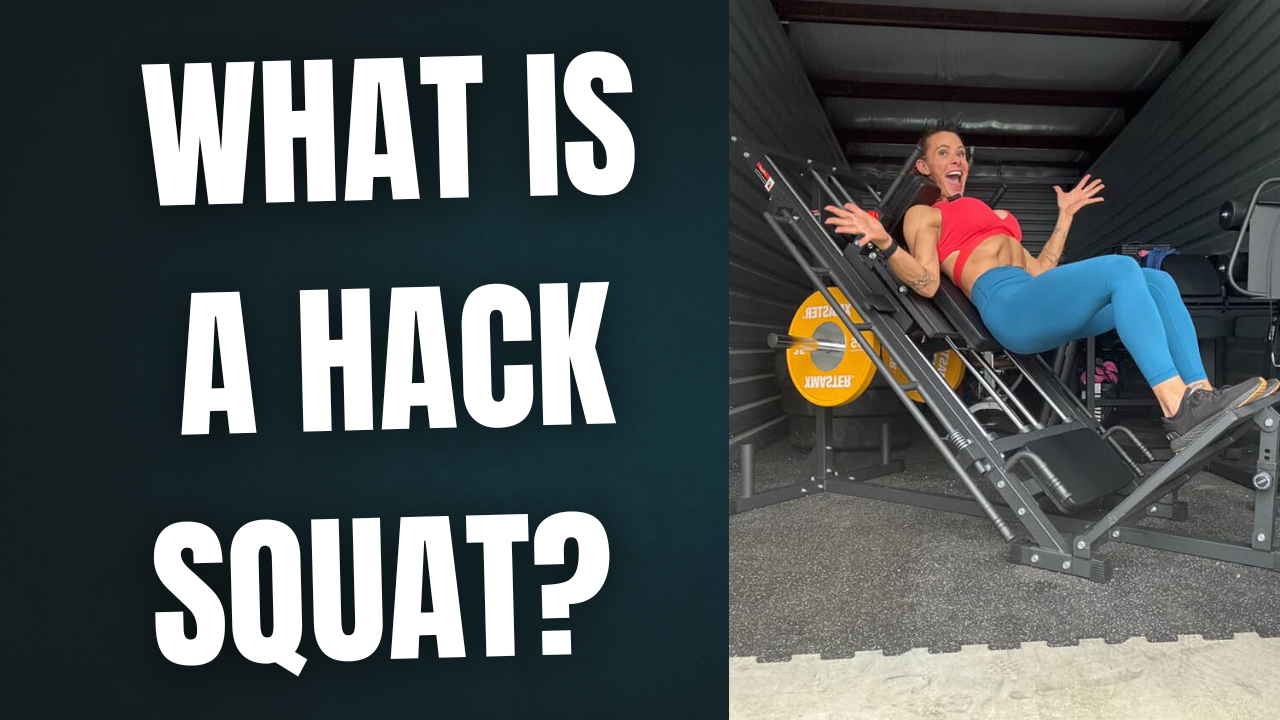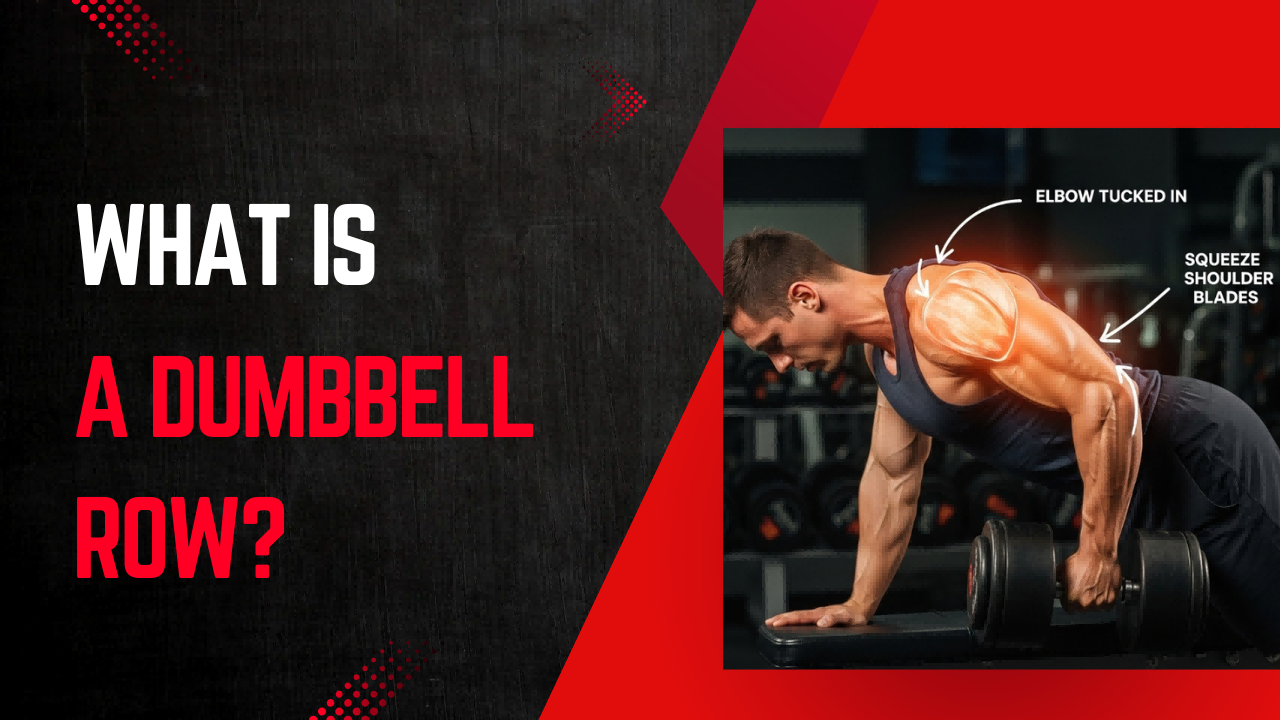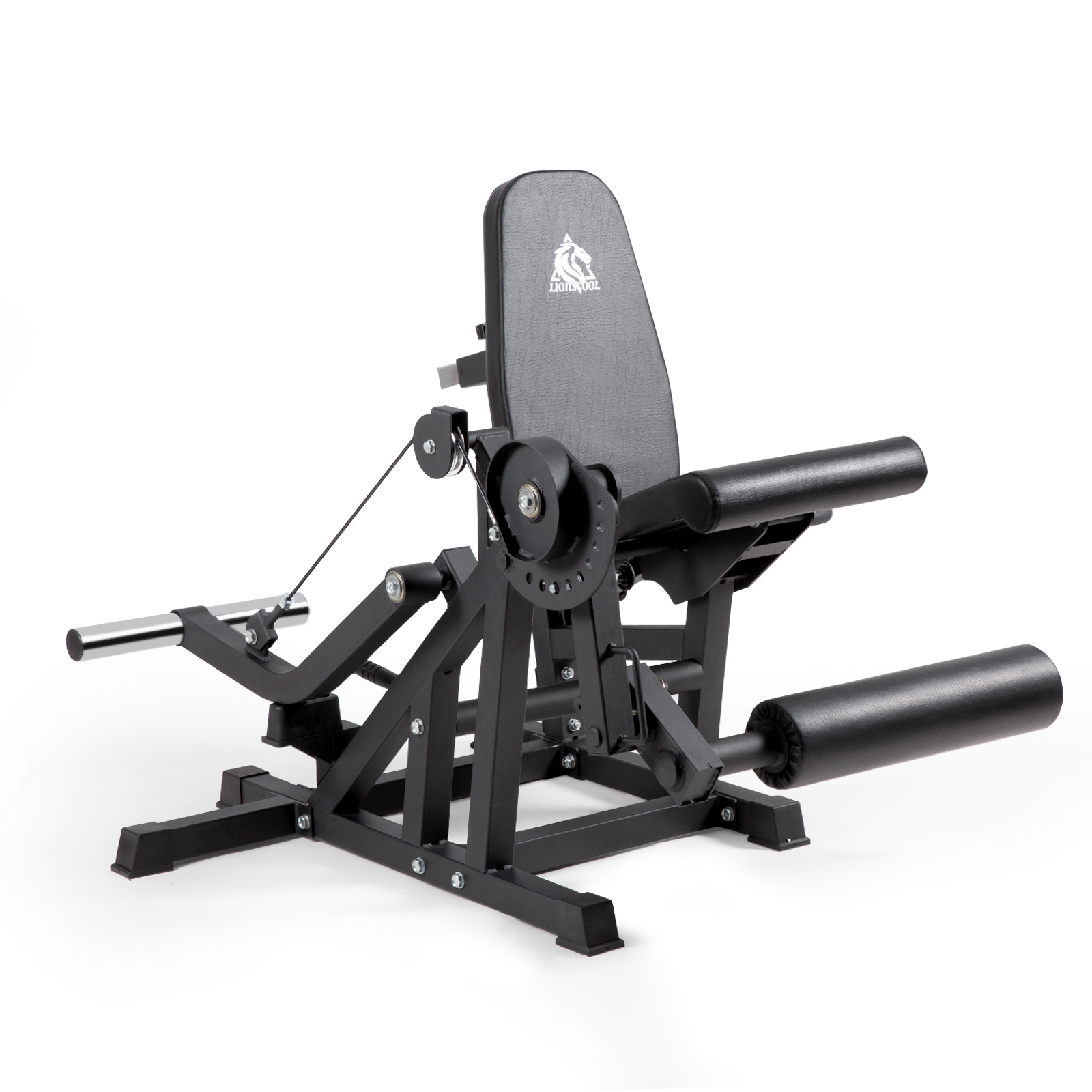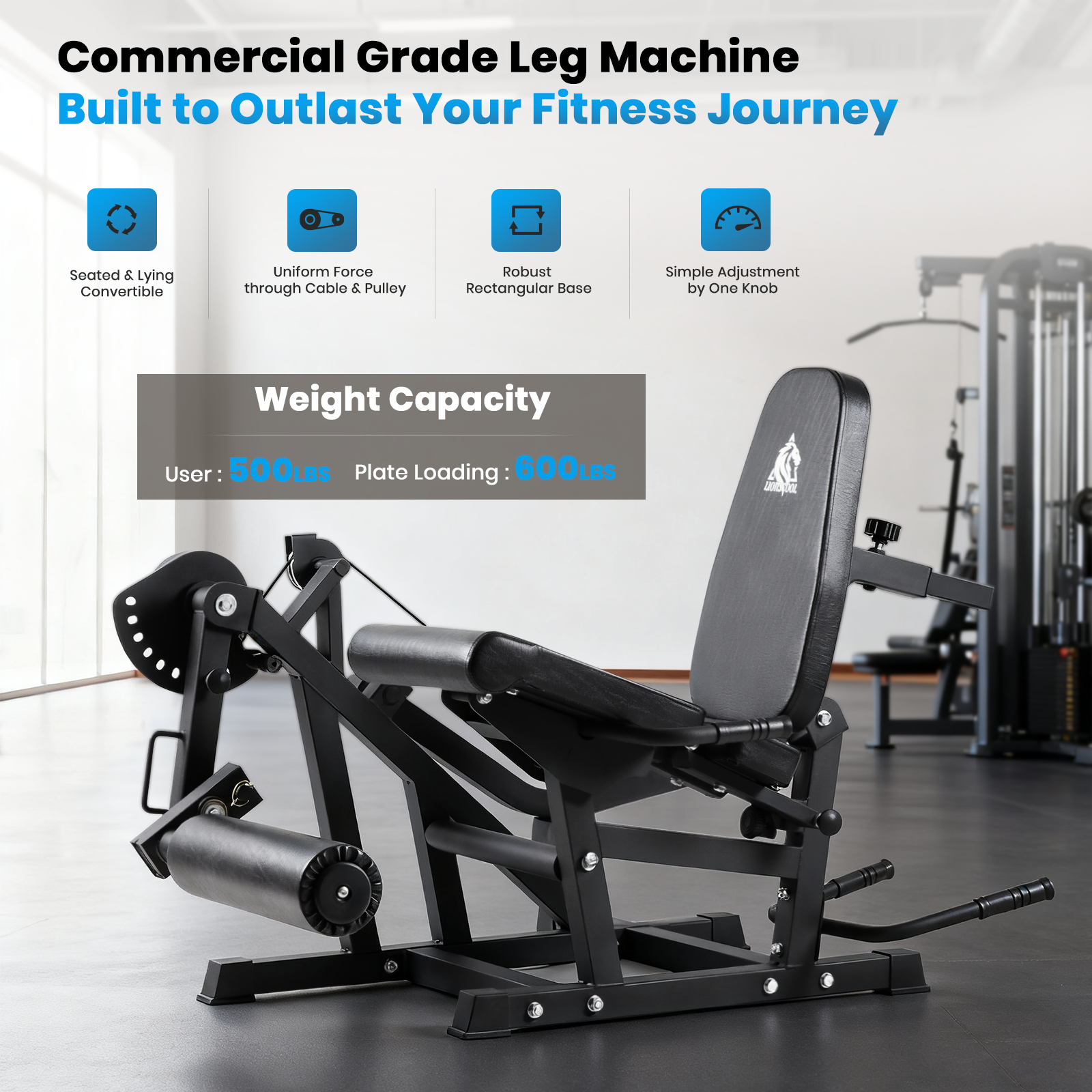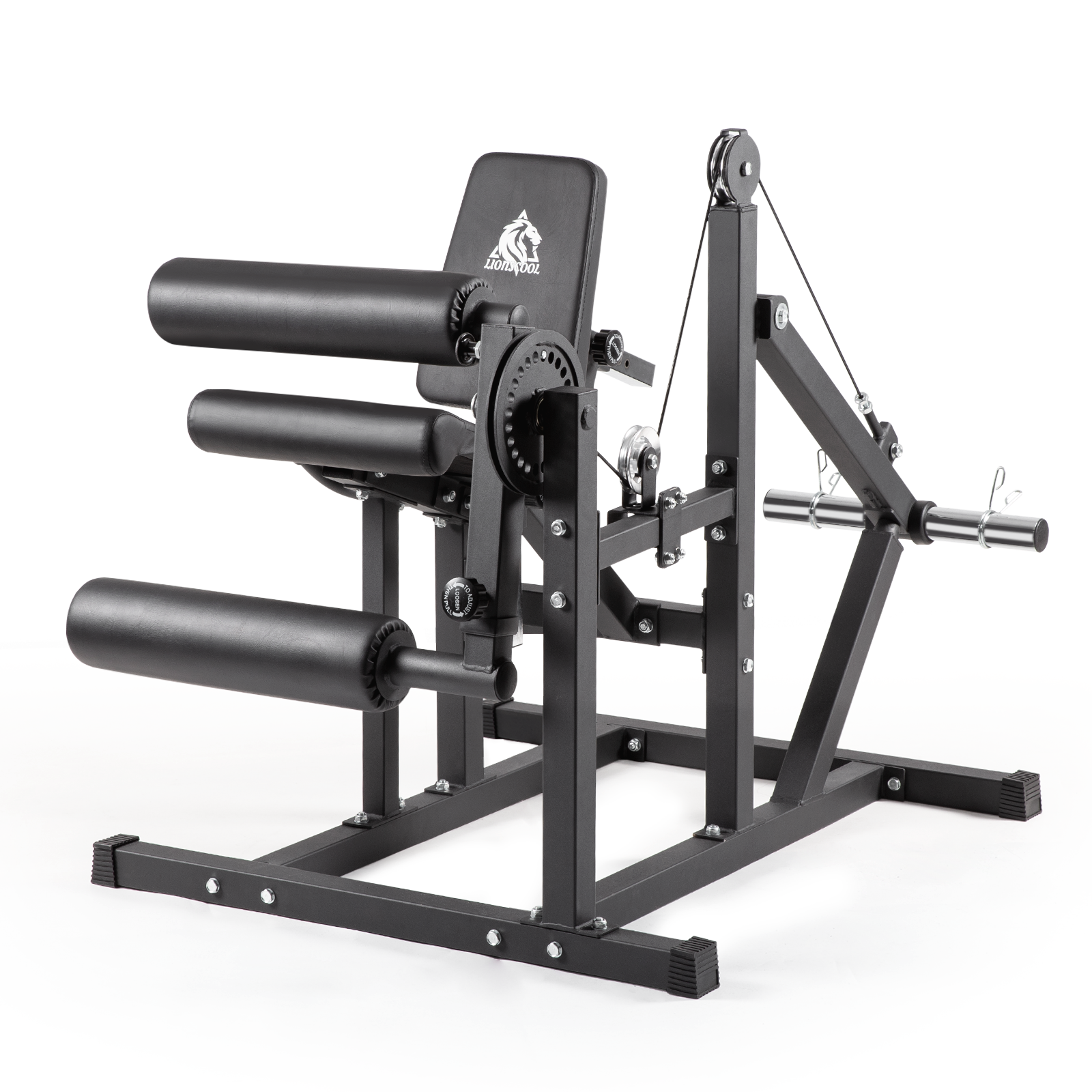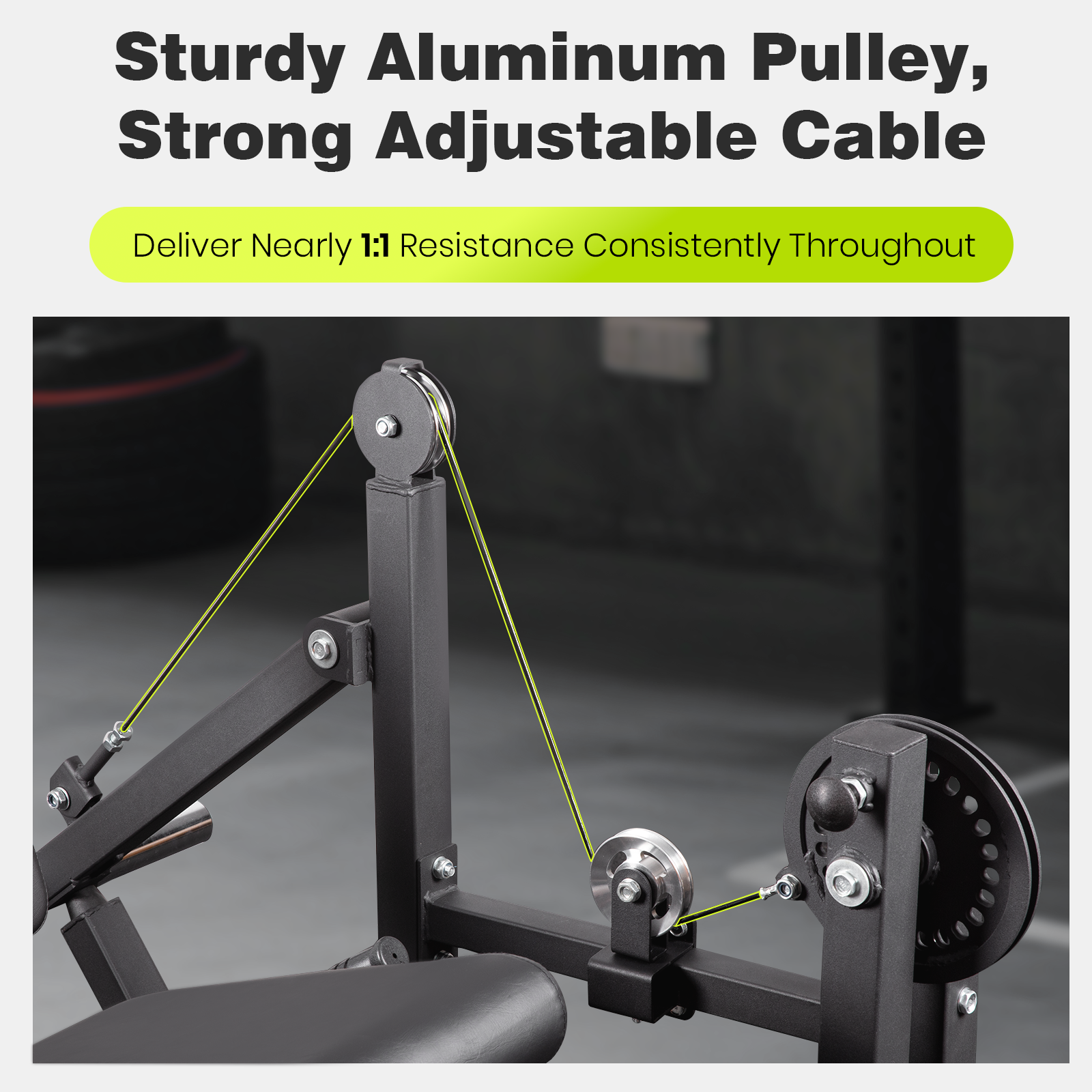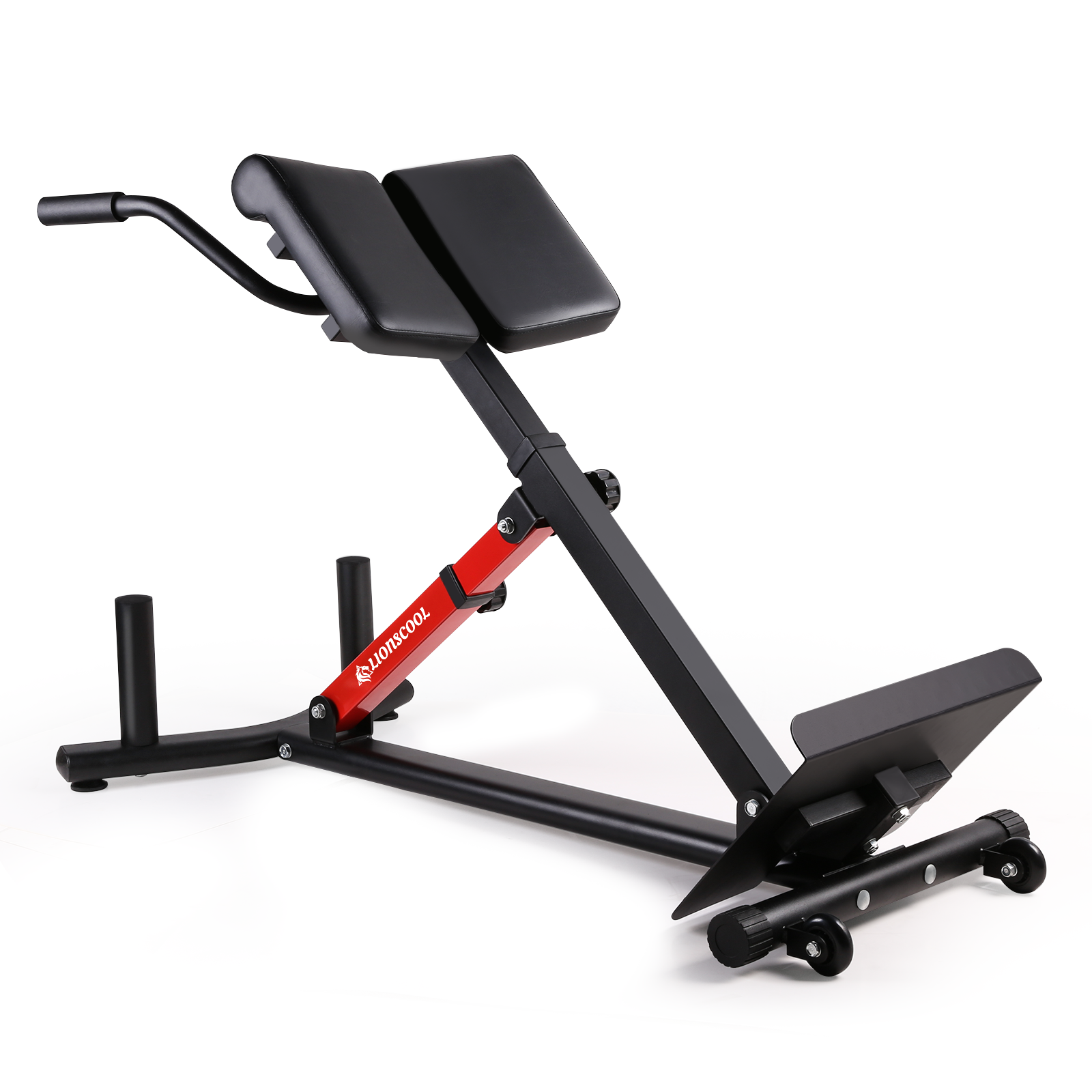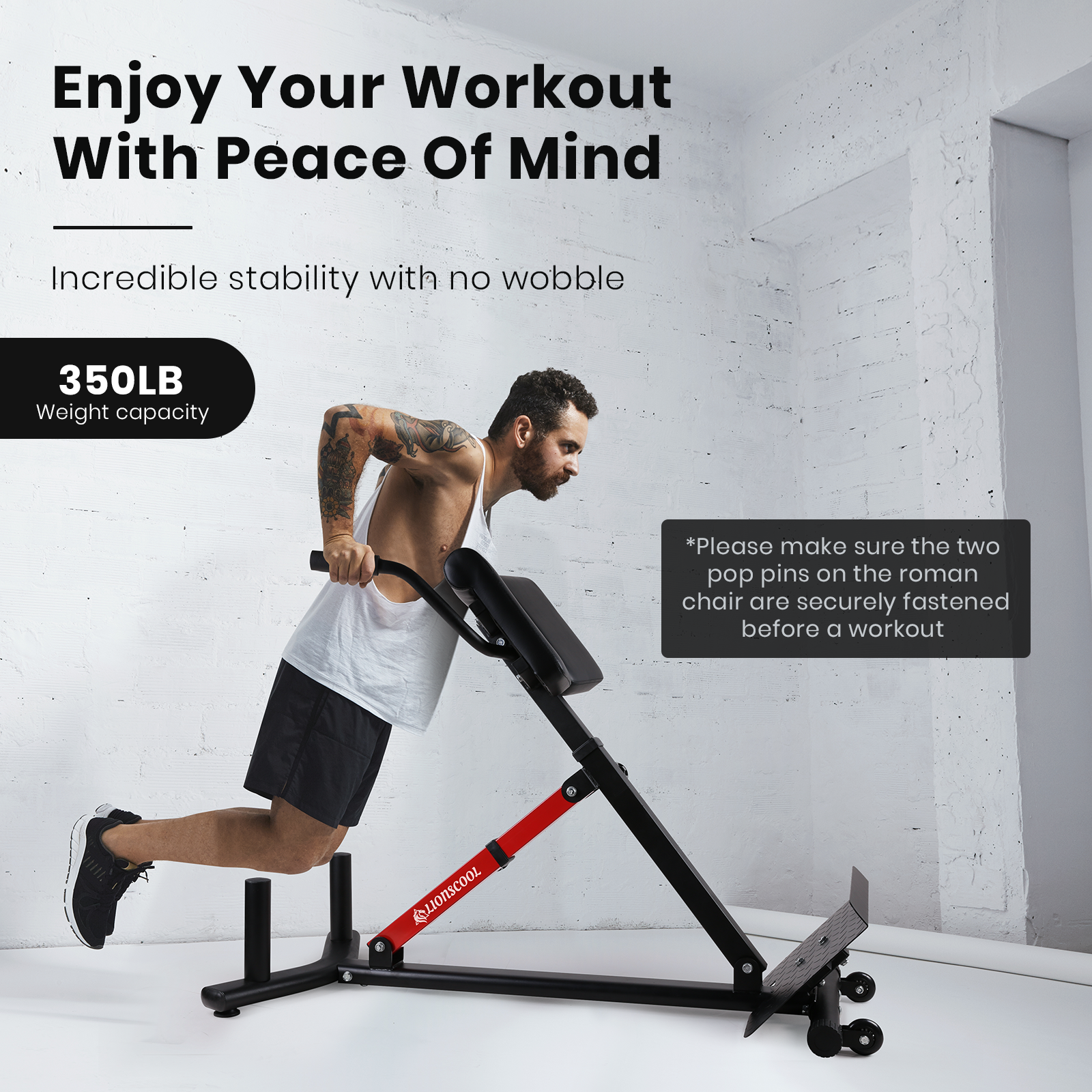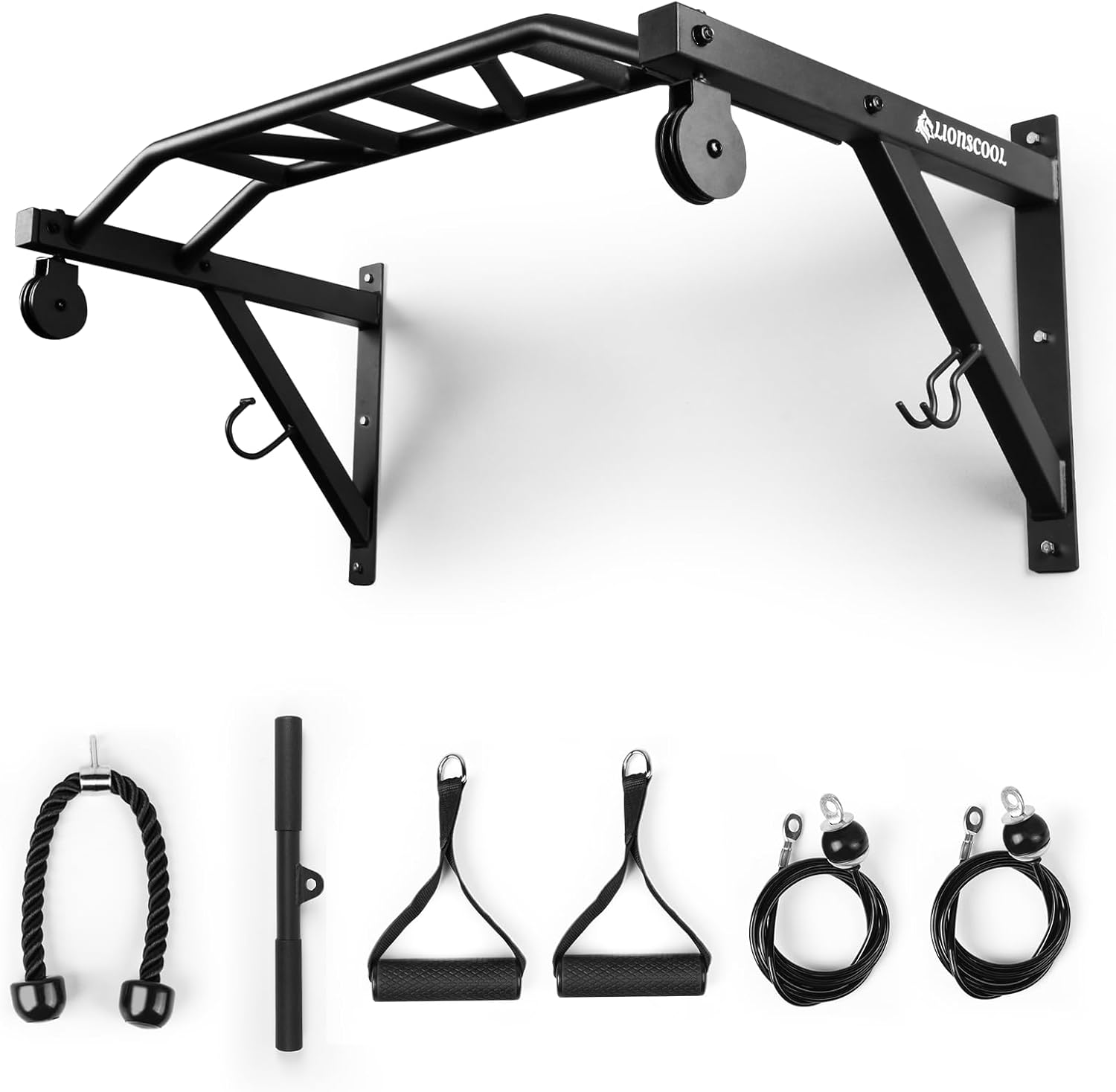The Hack Squat is one of the most effective leg exercises for building powerful quadriceps with less spinal stress. But as many lifters on Reddit admit — it’s a love-hate movement. It brings incredible gains, yet can also make your knees scream if performed carelessly.
This guide explains what a Hack Squat is, how it compares to traditional squats, and the best community-tested tips to protect your knees and get the most out of every set.
What Is a Hack Squat?

The Hack Squat Machine features a back pad and angled sled that allows you to perform squats along a fixed track. You rest your shoulders under the pads, press your feet into the platform, and push upward to move the sled.
Named after wrestler George Hackenschmidt, this exercise focuses on lower-body strength with reduced stress on the spine.
Key Features
- Fixed path: High stability, safe to train to failure.
- Angled design (≈45°): Shifts load from spine to legs, emphasizing the quadriceps.
Muscles Worked
While the Hack Squat mainly targets the quads, it also recruits other lower-body muscles:
| Muscle Group | Activation | Role |
|---|---|---|
| Quadriceps | High | Main driver; isolates knee extension. |
| Glutes | Moderate | Engaged more at deeper depth or in reverse Hack Squat. |
| Hamstrings | Moderate | Support knee stability throughout movement. |
Hack Squat vs Traditional Squat
| Aspect | Hack Squat | Barbell Squat |
|---|---|---|
| Spinal Load | Low – safer for back and shoulders. | High – requires core stability. |
| Stability | Very high – fixed movement path. | Lower – balance and coordination needed. |
| Muscle Focus | More quad isolation. | More balanced full-body strength. |
Community insight: “Hack Squat is goated for quad growth and safer for training to failure.”
Common Problems and Fixes
1. Knee Pain or Discomfort
A top complaint among lifters. Usually caused by poor warm-up or wrong stance.
Fix:
- Pre-activate with leg curls or light leg extensions to warm the knees.
- Use knee sleeves for added support and warmth.
2. Too Much Pressure on Knees (Machine Angle Issue)
Different brands have different angles (35°–45°). You might feel pressure depending on your body type.
Fix:
- Long femurs or knee pain: Place feet higher on the platform to recruit glutes and reduce knee stress.
- More quad isolation: Place feet lower, but keep knees aligned with toes.
3. Mental Burnout — “The Dread Before Every Set”
Hack Squats are intense and can be mentally draining.
Fix:
- Accept that it’s supposed to be hard — that’s why it works.
- Rest 3–4 minutes between heavy sets.
- Limit volume (2–3 high-quality sets are enough).
4. Solving the “Pain Problem”: Common Hack Squat Challenges and Proven Community Tips
Many lifters on Reddit share a similar story — Hack Squats are brutally effective but can also be brutally painful. Here’s how to fix the most common issues with real advice from experienced lifters.
Challenge 1: Knee Pain or Discomfort
Knee strain is one of the top complaints in community discussions. Poor warm-ups or wrong foot placement often make it worse.
✅ Pro Tip: Pre-Activate Your Hamstrings!
Before your Hack Squat sets, perform Leg Curls or Light Leg Extensions.
This increases blood flow and activates stabilizing muscles around the knee joint, significantly reducing discomfort.
Bonus: Wearing knee sleeves can improve joint warmth and stability.
Challenge 2: The Machine Feels Too Steep — Pressure on Knees
Different machines have different angles (35° vs 45°), which can drastically change how the load feels.
✅ Pro Tip: Adjust Your Foot Position!
- If you have long femurs or knee pressure: Place your feet higher on the platform. This recruits more glutes and reduces knee shear stress.
- If you want maximum quad isolation: Place your feet lower, but avoid letting your knees travel excessively past your toes.
- Experiment: Try different Hack Squat or V-Squat machines to find what matches your body mechanics best.
Challenge 3: Mental Fatigue — “The Dread Before Every Set”
Many lifters admit they feel anxious before Hack Squats. The movement is so demanding that it taxes your legs and your cardiovascular system.
✅ Pro Tip: Embrace the Pain — But Manage It Smartly
- Mindset: Accept that Hack Squats are supposed to hurt — that’s why they build massive legs.
- Rest Intervals: Take 3–4 minutes between heavy sets for proper recovery.
- Volume Control: If it’s mentally draining, limit your Hack Squat sets to 2 high-quality working sets per session.
How to Do the Hack Squat (Step-by-Step)
- Setup: Warm up, position shoulders under pads, feet on platform.
- Start: Engage core, unlock sled, keep knees slightly bent.
- Lower: Inhale, control descent until thighs are parallel or slightly below.
- Push Up: Exhale, drive evenly through heels.
- Finish: Lock sled safely before exiting.
Final Thoughts
The Hack Squat is a brutal yet rewarding machine for leg growth. It’s safer than barbell squats, offers excellent quad isolation, and is beginner-friendly once you master foot placement.
So next time you’re on leg day, don’t skip it.
Warm up, wear knee sleeves, and remember — embrace the pain, earn the growth.




